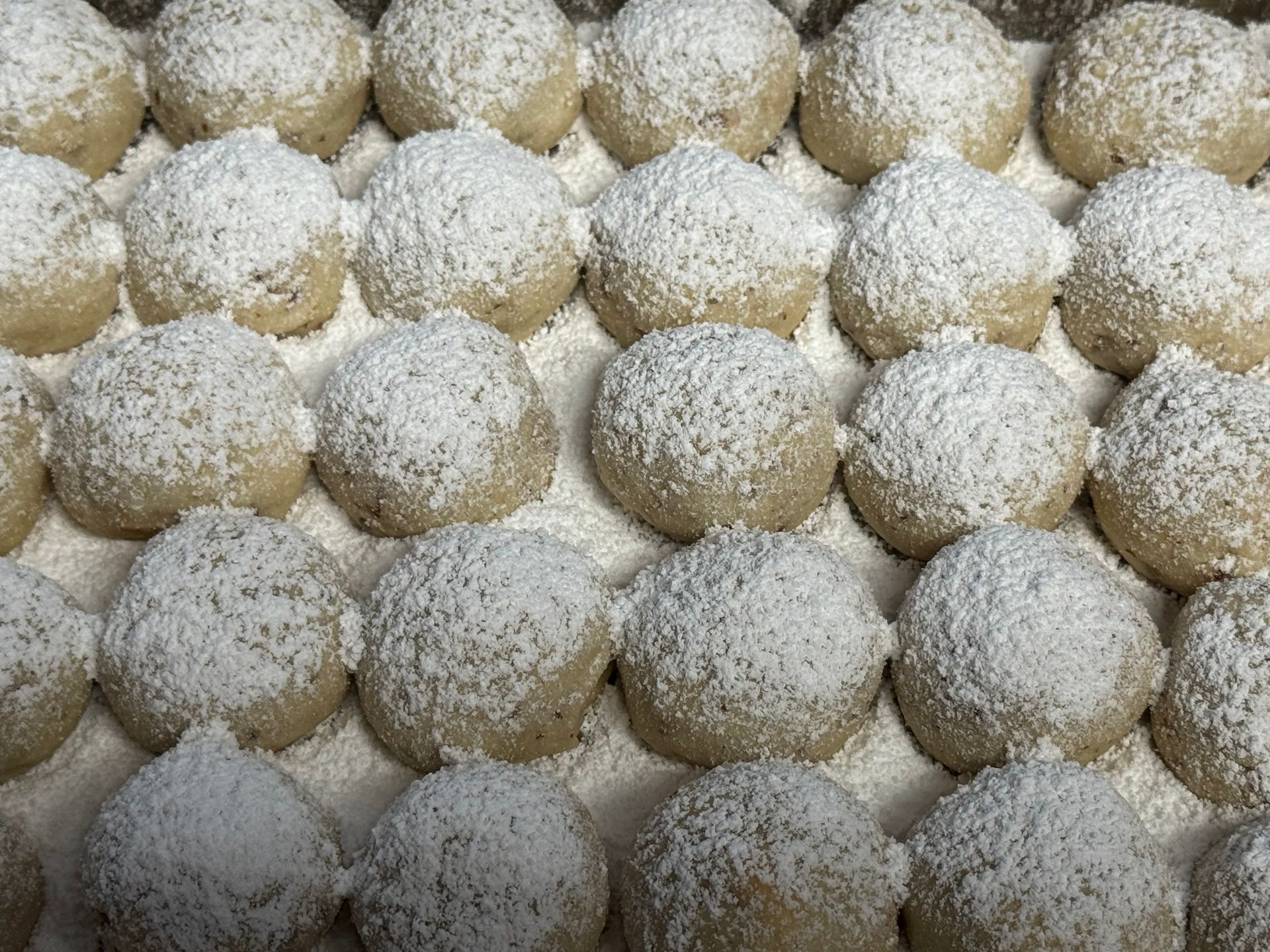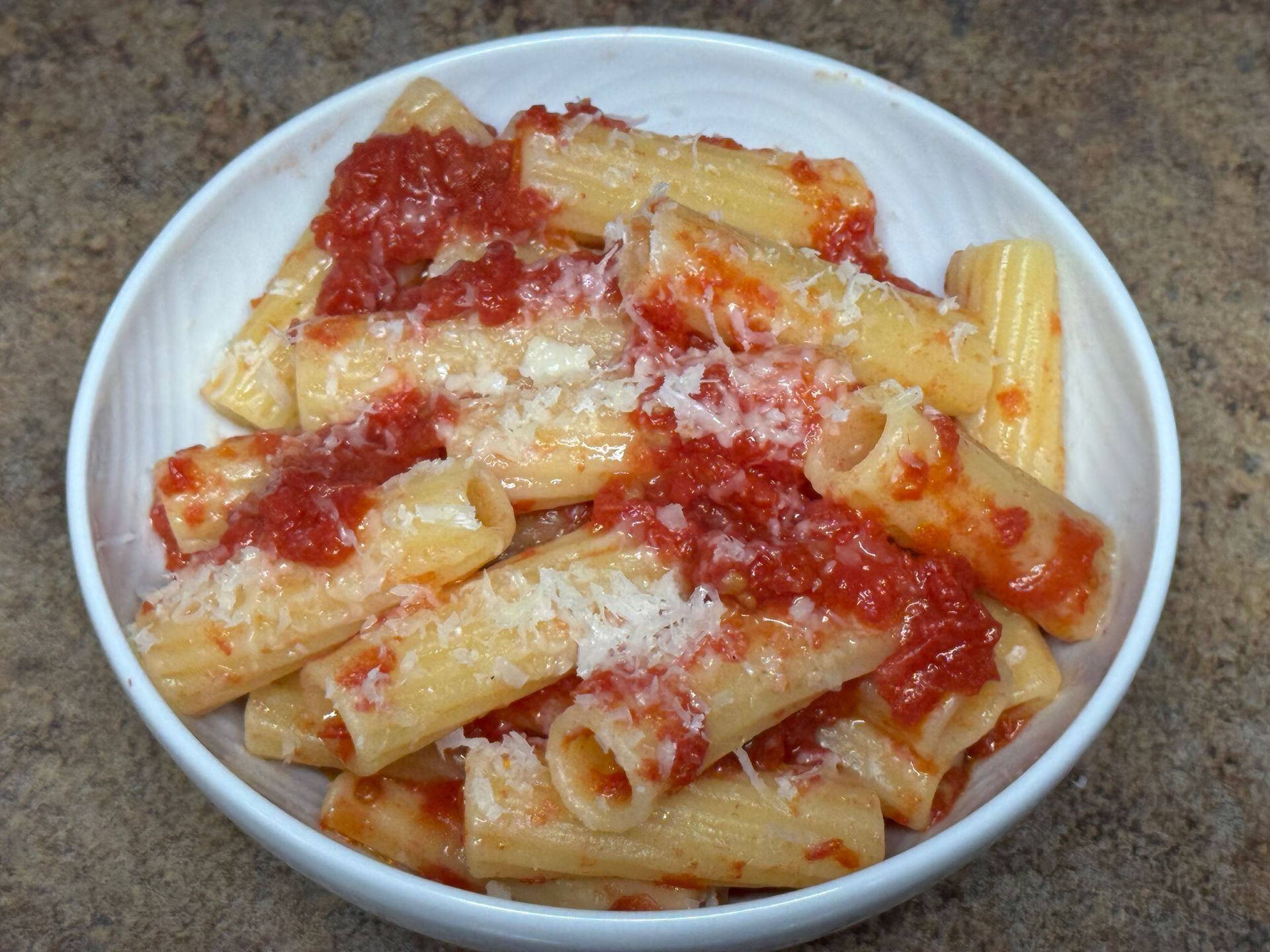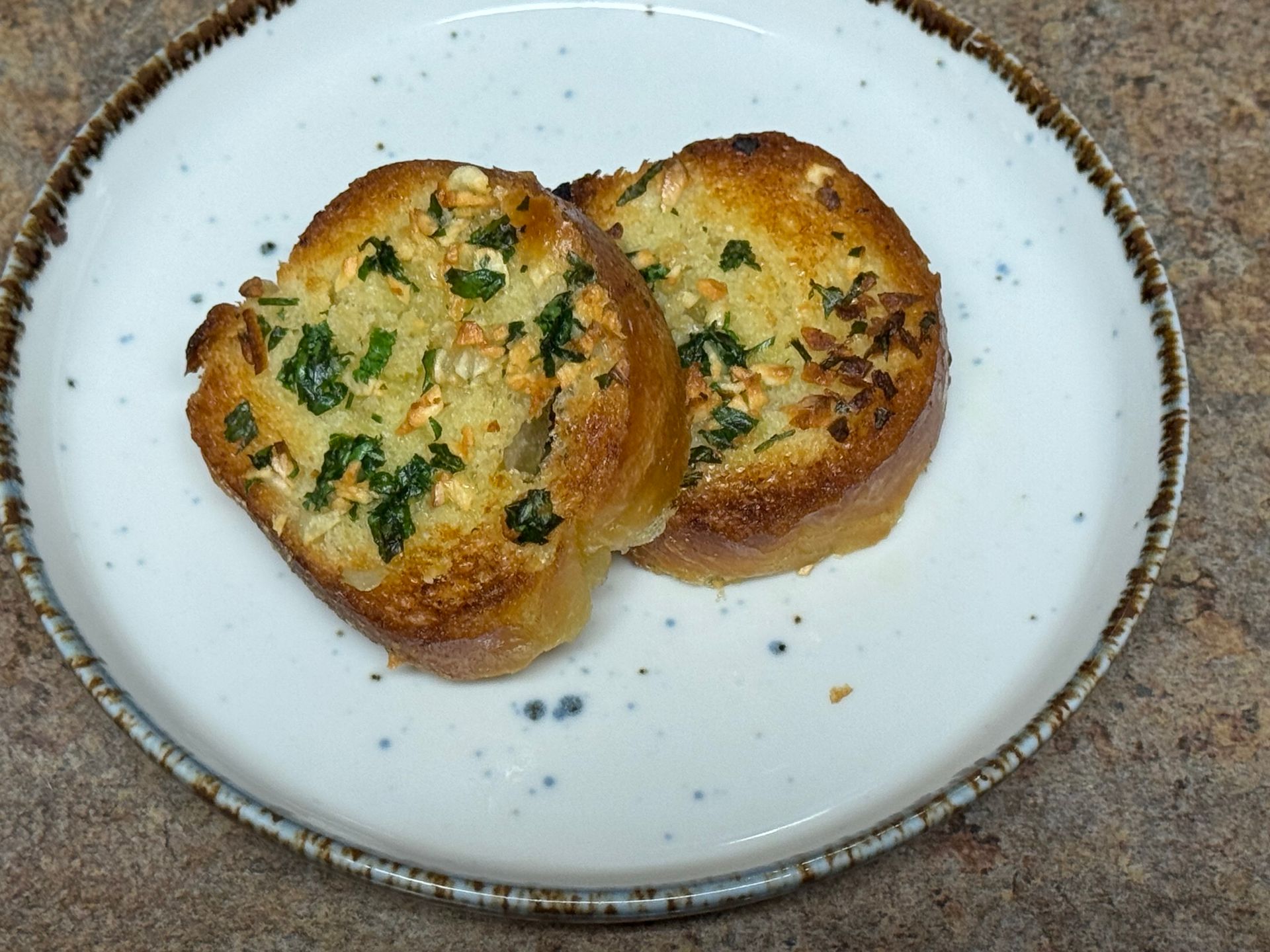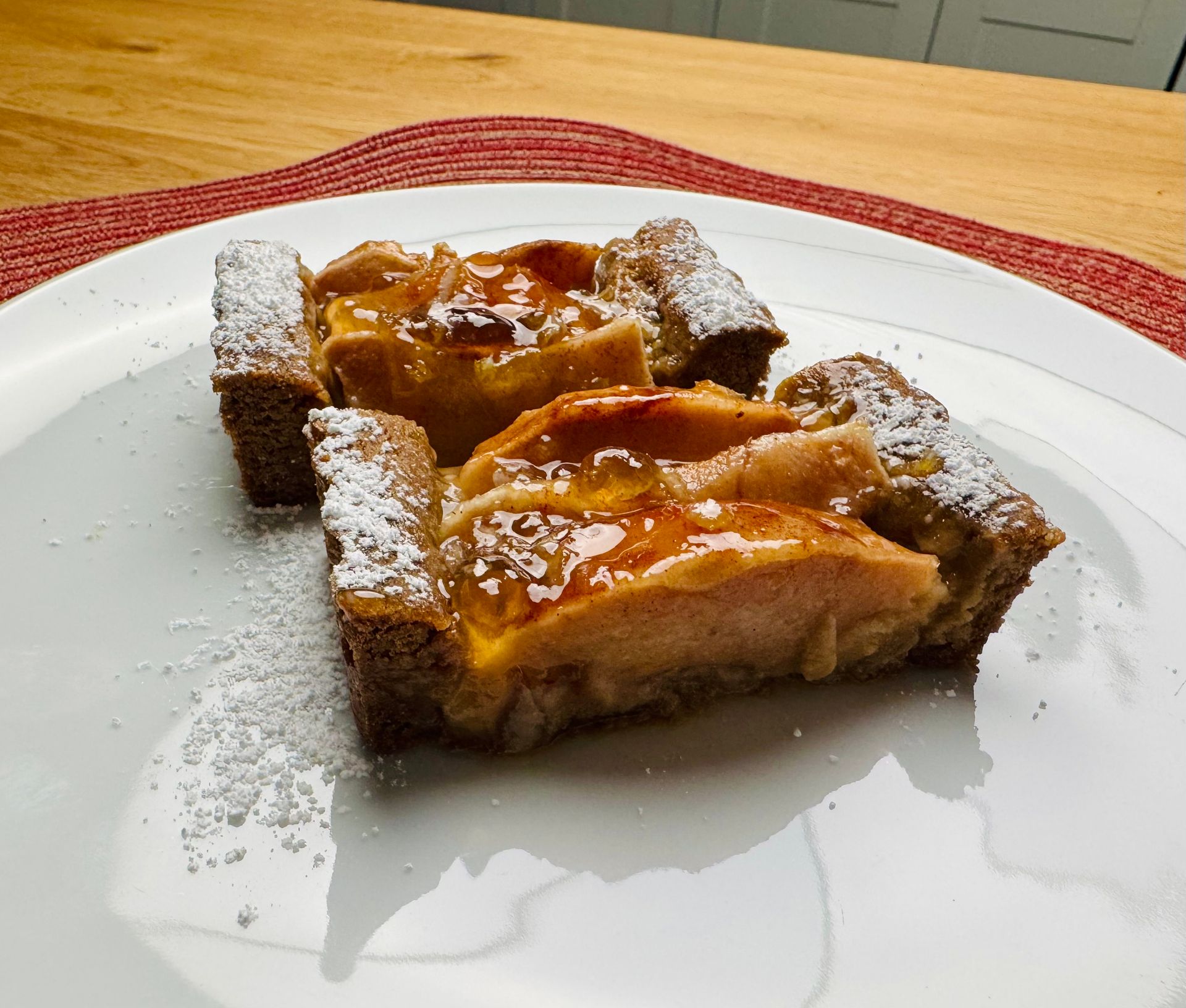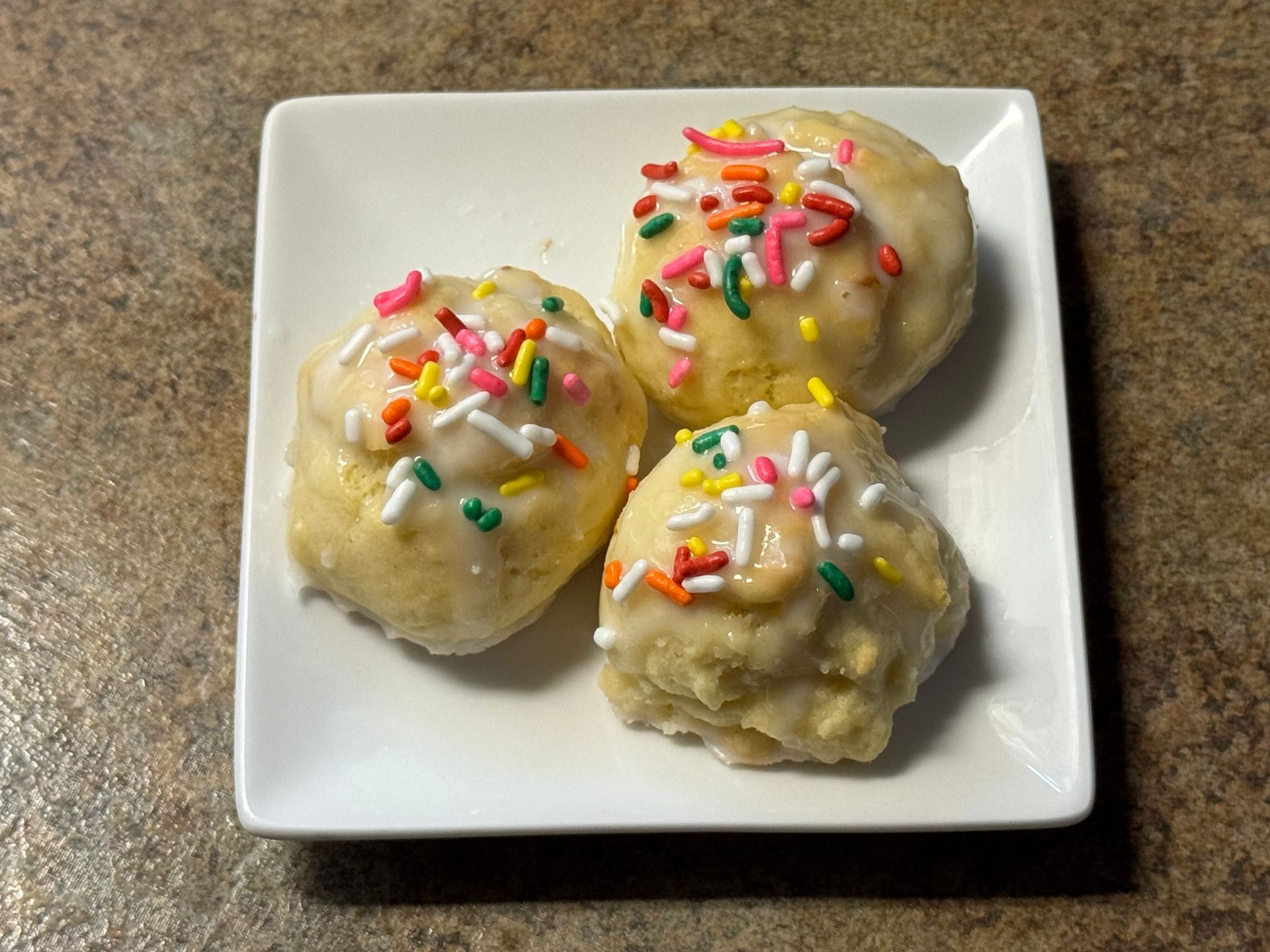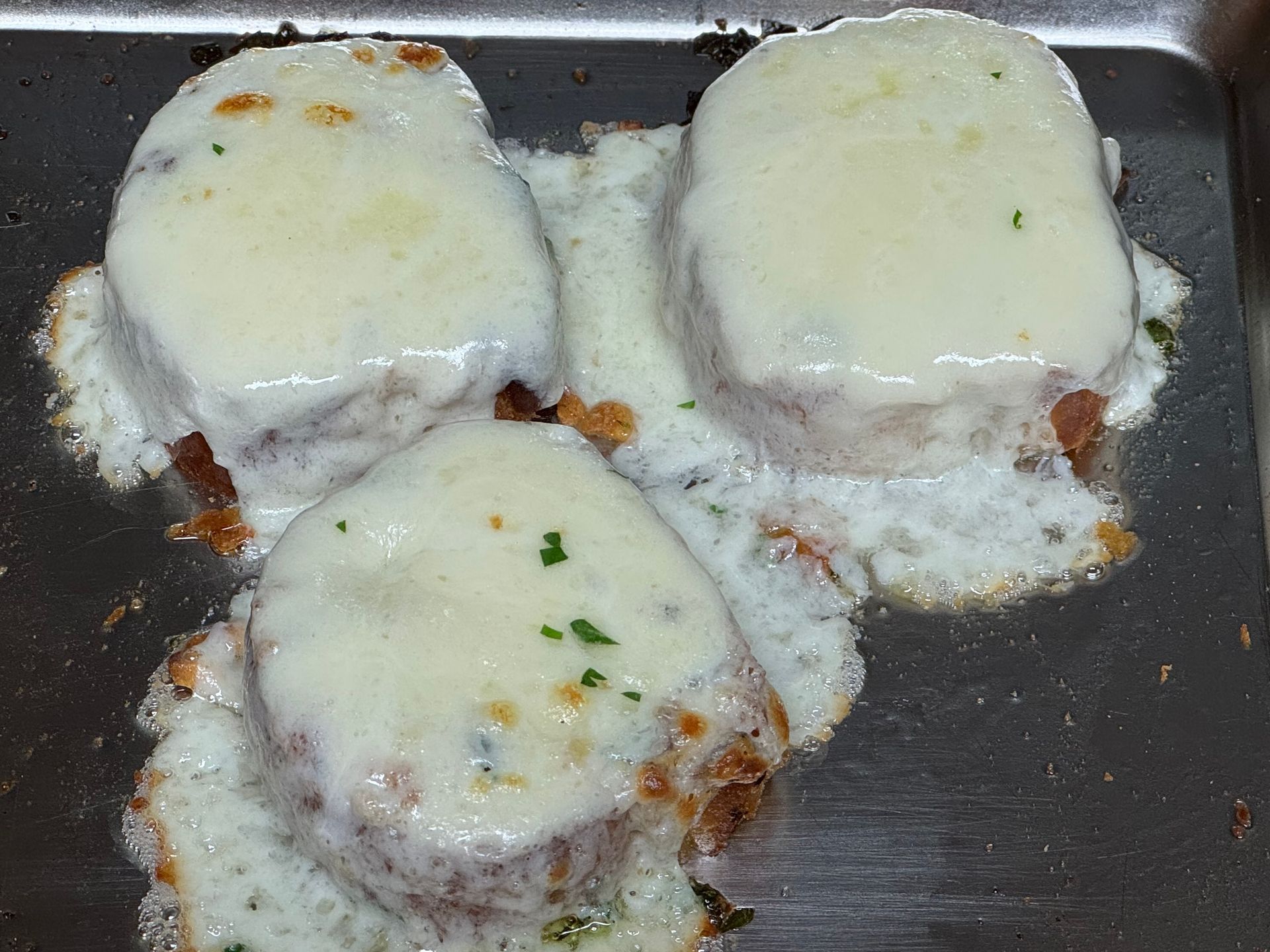Culinary Innovation on a Budget: Creative Solutions for Restaurants

With rising food costs, staffing challenges, and long hours, restaurant owners have a lot to deal with. Sometimes innovating to stay current and attract new customers can seem financially out of reach. Not to mention the fact that staying on top of emerging consumer food trends is nearly impossible.
As a restaurant owner, you're constantly balancing creativity with cost constraints. The good news? Culinary innovation doesn't have to break the bank.
Why Culinary Innovation Matters
Staying abreast of food trends can directly impact customer attraction, retention, and revenue. Consumer expectations evolve rapidly, and being aware and using these expectations to fuel innovation can provide you with a competitive advantage.
David Chang's Momofuku restaurant group has been at the forefront of the global fusion trend, blending Asian flavors with Western techniques and ingredients. By incorporating this trend, Momofuku has attracted a diverse customer base interested in exploring new flavor combinations.
Several years ago, the renowned New York City restaurant Eleven Madison Park made headlines by completely revamping its menu to focus on plant-based cuisine. This bold move aligned with the growing trend of plant-based dining and sustainability in the restaurant industry.
Ultimately, trends are not fleeting distractions but essential signals of market evolution, critical to sustainable restaurant success. But it can be hard for a restaurant Owner/Chef to stay abreast of trends. That’s where my team can help. Book a free consultation to find out how.
The Real Cost of Standing Still
The risks of trend ignorance and lack of innovation are substantial: declining customer interest, outdated brand perception, and lost market share. McDonald’s learned this lesson the hard way when they were slow to adapt to the growing trend of health-conscious diners.
Stagnant menus lead to a cascading series of challenges that can slowly erode your restaurant's success and have a direct impact on the loyalty of your customers:
- Decreased customer interest occurs when diners perceive your menu as predictable and uninspired
- Reduced repeat business happens as customers seek more exciting dining experiences elsewhere
- Lower profit margins result from decreased customer traffic and reduced excitement
- Difficulty attracting new customers becomes increasingly problematic
- Potential loss of market relevance can threaten your restaurant's long-term sustainability
Failure to adapt and innovate is a contributing factor to why 50% of restaurants fail within three years.
But being aware of trends doesn’t help you if you can’t afford to react to them. So, now let’s explore how you can innovate on a budget.
Strategic Approaches to Affordable Culinary Innovation
1. Seasonal Ingredient Utilization
Leveraging seasonal ingredients is a game-changing strategy for budget-conscious restaurants. This approach transcends simple cost-cutting and becomes a holistic approach to menu development.
Benefits extend far beyond financial considerations:
- Lower ingredient costs through local and timely sourcing
- Fresh, exciting menu options that capture the essence of each season
- Powerful marketing opportunities highlighting local and seasonal produce
- Reduced transportation and storage expenses
- Enhanced menu flexibility and creativity
- Stronger connections with local suppliers and farmers
Seasonal Strategy Deep Dive
Each season offers a unique palette of ingredients that can inspire creative menu innovations:
- Spring: Asparagus offers delicate flavors, morel mushrooms provide earthy richness, spring peas bring sweet freshness
- Summer: Heirloom tomatoes burst with color and flavor, sweet corn provides versatility, stone fruits add natural sweetness
- Fall: Butternut squash creates comforting dishes, apples offer both sweet and savory potential, brussels sprouts bring robust nutrition
- Winter: Root vegetables provide hearty foundations, citrus adds bright notes, hearty greens offer nutritional density
- Also consider utilizing end-of-season “ugli” vegetables. Because they are past their “prime” they are affordable and also ripe and delicious.
Pro Tip from Chef Tom
"Seasonal ingredients are not just cost-effective—they're a storytelling opportunity. Customers love understanding the origin and seasonality of their food. Each ingredient carries a narrative that can enhance the dining experience, creating emotional connections that transcend mere sustenance. In addition, sustainability and upcycling are popular trends.”
2. Simplified Plating Techniques
Innovative presentation doesn't require expensive equipment or elaborate techniques. The key is understanding that visual appeal can be achieved through thoughtful, minimalist approaches.
Focus on fundamental principles:
- Clean, minimalist plating that highlights ingredient quality
- Creative use of existing kitchen tools
- Leveraging negative space to create visual impact
- Understanding color theory and plate composition
- Creating height and depth with simple techniques
3. Cross-Total-Utilization of Ingredients
Maximizing ingredient investment requires strategic thinking and creative menu engineering. Cross-utilization is about seeing potential beyond a single dish. To create delicious, healthy meals while eliminating costly waste.
Strategic benefits include:
- Creating multiple dishes from similar base ingredients, such as utilizing trim for soups, stocks, and broths
- Dramatically reducing kitchen waste
- Lowering overall food costs
- Increasing menu versatility
- Streamlining inventory management
- Improving kitchen efficiency and thereby improving your labor efficiency and costs
Cross-Utilization Example
A single ingredient like cauliflower demonstrates incredible versatility:
- Roasted cauliflower steak as a main course
- Smooth cauliflower puree as a base
- Pickled cauliflower florets as a garnish
- Cauliflower rice for a low-carb side
- Crispy cauliflower fritters as an appetizer
4. Improving Cooking Techniques
This will be a big one for keeping your innovation budget-conscious. You should consider:
- Enforcing proper cooking disciplines
- Standardization so that the components are the same every time
- Simplifying recipes to minimize human error
- Introducing time- and cost-saving, delicious, convenient ingredients such as spice blends, sauces, IQF potatoes, etc. when appropriate
Another critical element in not keeping costs down while also improving your operational efficiency and food safety is to ensure proper receiving, storage, preparation, cooking, cooling etc. and to implement a HACCP plan.
Practical Implementation Strategies
Wondering where to get started? Here’s a step-by-step innovation approach you can follow:
- Conduct a current menu audit
- Identify potential cost-saving modifications
- Experiment with small-scale changes
- Gather customer feedback
- Scale successful innovations
Common Misconceptions About Culinary Innovation
Myth: Innovation requires expensive ingredients
Reality: Creativity trumps costly components. Focus on technique, presentation, and flavor combinations.
Myth: Only high-end restaurants can innovate
Reality: Innovation is about mindset, not budget size.
Conclusion
Culinary innovation isn't about spending more—it's about thinking differently. With strategic approaches and the right mindset, your restaurant can stay competitive and exciting without financial strain.
Ready to Transform Your Culinary Strategy?
Book a free consultation with me and my team today for personalized guidance and let our culinary expertise help you unlock your restaurant's full potential.
